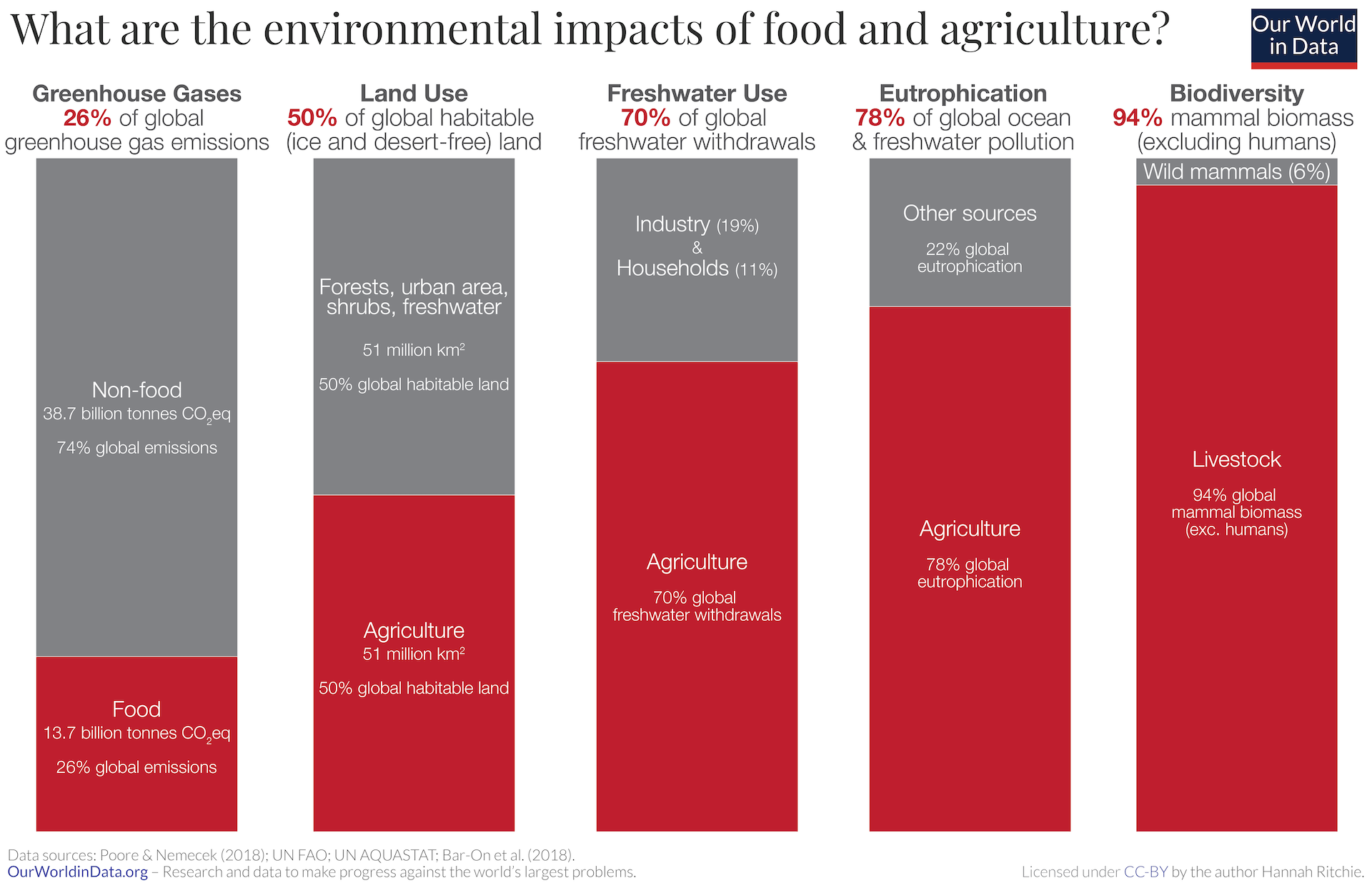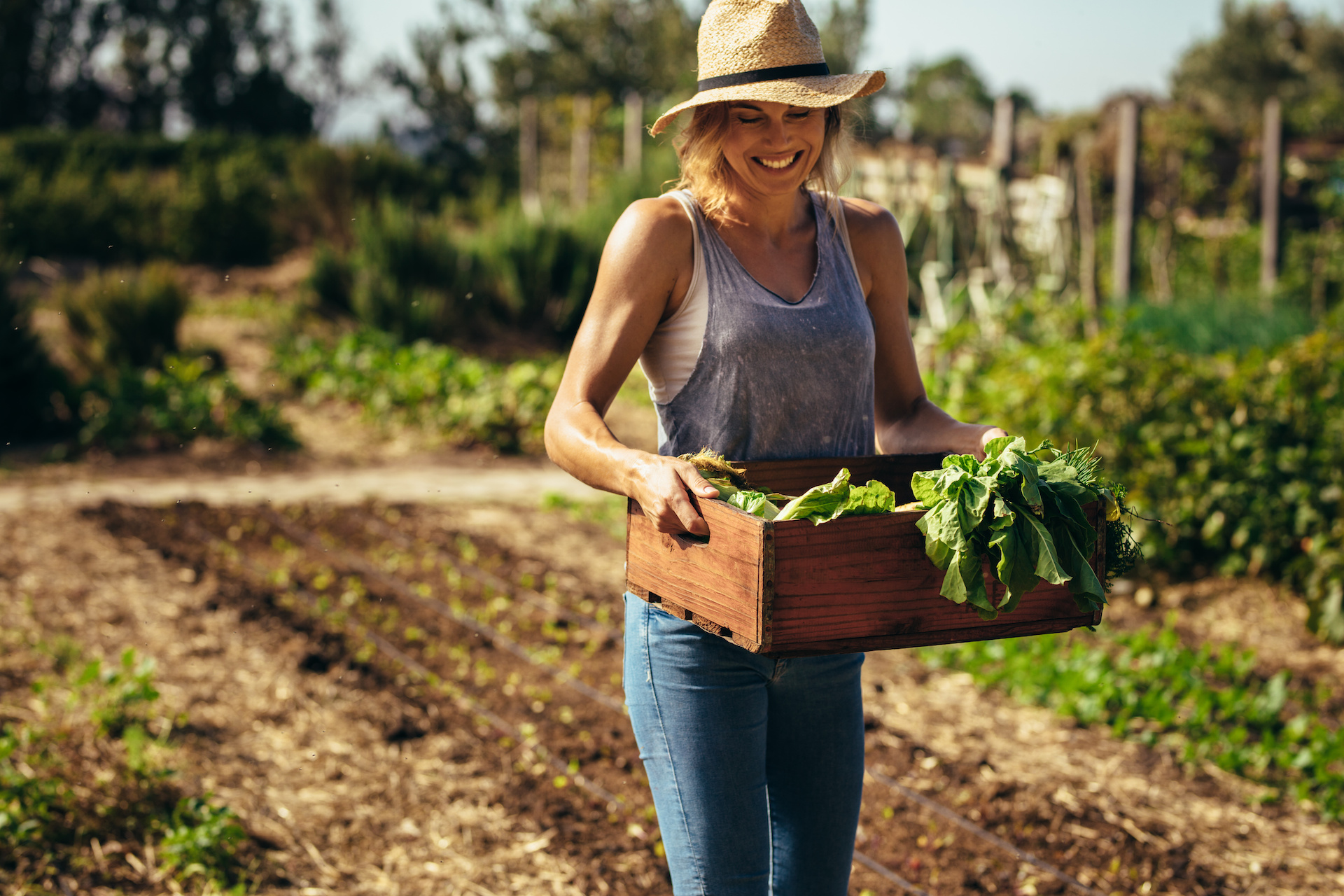Food occupies a central position in our lives in ways we often do not realize. Food is an important part of culture. It also serves as an expression of cultural identity. It has even been said that food is the single great unifier across cultures.
Socializing happens over food or drinks from the family dinner table to the halls of diplomacy while leaders deliberate issues of statecraft, as President Obama, demonstrated through dinner diplomacy during his tenure at the White House.
The food industry at large is a complex, global collective of diverse businesses that supply our food. For example, “In the United States, retail and food services sales amounted to USD 6.2 trillion in 2019, increasing for the tenth successive year.”
And the combined turnover of the top twenty-five food companies in the world amounted to a staggering USD 741.2 billion in 2016, just marginally lower than the GDP of the Netherlands.
Meanwhile, “Consumers are increasingly demanding, aligning spending habits with health and sustainability,” said Thomas Hayes, an analyst at Lux Research and co-author of the report. “Food companies will need to take some big risks to stay competitive in the long run.”
Like any industry, trends come and go, but there are a few that are resilient and show signs of staying power. Here are four key trends to watch in the years ahead.
Ethical Eating
How can I eat more ethically? A prevalent question on the collective mind of today’s consumers. People are becoming increasingly aware of the environmental impact of food. Ensuring everyone in the world has access to a nutritious diet sustainably is one of the greatest challenges we face.
Food and its impact on our environment is undeniable. According to Our World in Data researchers, Hannah Ritchie and Max Roser:
- Food accounts for over a quarter (26%) of global greenhouse gas emissions;
- Half of the world’s habitable (ice- and desert-free) land is used for agriculture;
- 70% of global freshwater withdrawals are used for agriculture;
- 78% of global ocean and freshwater eutrophication (the pollution of waterways with nutrient-rich pollutants) is caused by agriculture;
- 94% of mammal biomass (excluding humans) is livestock.

Businesses that provide products and services designed to inform, educate, and simplify the needs of ethical eating advocates will enter a viable and profitable niche. Those who help consumers learn how to grow their own food, support farmer markets, improve packaging, eat organically and the likes will encounter an engaged audience.
Entrepreneurs who build companies that concentrate on ethical eating and food ethics –– the moral consequences of food choices, both those made by humans and animals –– are uniquely poised for growth as these issues remain top of mind.
Veganism
One thing all vegans have in common is a plant-based diet avoiding animal products (such as meat, dairy, and eggs). Veganism has been around for centuries. Yet, amid high rates of obesity and chronic diseases, and a desire for a healthier lifestyle, veganism has made significant inroads in recent years.
It’s well-known that “processed foods are associated with elevated blood pressure, cholesterol and blood sugar,” according to Ken Thorpe, PhD, chairman of the Partnership to Fight Chronic Disease (PFCD). “People who regularly consume them are at risk for developing chronic conditions, including stroke, heart disease, and diabetes,” Thorpe adds.

Currently, the US vegan population is 3% of adults aged 18–29 years, 4% of those 30–49, 1% of those 50–64, and 3% of those over 65 years, as per a Gallup survey. Israel touts itself as the world-leading vegan country with 5.2% of the population relying on a plant-based diet.
Australia, a fast-growing vegan market, is also experiencing changes in food consumption. A 2017 food trend survey found, “Fourteen percent of Australians say they’re avoiding red meat in their daily diet.” While, “Ten percent said they were eating more non-animal sources of protein — dairy, plants — compared to a year ago.” That means one out of every ten Australians identifies as a vegetarian or vegan.
An increasing preference for healthier options is reshaping the entire food supply chain down to the retail and restaurant level. Vegetarian- and vegan-friendly restaurants are popping up regularly. And most fine dining restaurants offer vegan options.
It’s a safe bet that veganism is a trend that will be around for years to come.
Reduce Food Waste
Food waste is a big problem on a global scale. Truthfully, we’re wasteful every single day of the year.
“The United States is the global leader in food waste, with Americans discarding nearly 40 million tons of food every year. That’s 80 billion pounds of food and equates to more than $161 billion, approximately 219 pounds of waste per person and 30-40 percent of the US food supply,” according to Recycle Track Systems – a more efficient, waste-conscious collection service that’s reshaping the industry.
“Most of this food is sent to landfills; food is the single largest component taking up space inside US landfills. In fact, it makes up 22 percent of municipal solid waste (MSW).”
Meanwhile, in Australia, an estimated 20 percent of the food purchased is thrown out.
There’s an economic cost associated with food waste. Wasting food is a waste of money. In countries where millions of people face hunger every day, so much food goes uneaten.
Good food is wasted at every level of the supply chain: on the farm, during distribution, at the store, and in homes. In addition to the enormous humanitarian cost, our food waste epidemic is also an economic and environmental catastrophe. Businesses that seek to remedy this challenge at a local level and beyond will not only “do good,” but drive much-needed change in the food industry.
Retro Foods
Vintage food tastes like home. Remember the meals your Mom and Grandma used to make back in the day? Many do, and they miss it a lot. The foodie nostalgia of a bygone era is why many people prefer retro food on their plates.

Retro food means different things to different generations. The term retro is no longer a style of clothing or music. It is a movement that honors the past and combines traditional, healthier food processing methodology.
For instance, low calorie, fiber-based konjac pasta, and sourdough bread, which was about as fashionable as bell bottoms a few years ago, has made a remarkable showing on supermarket shelves. Expect more of the same in the years ahead.
Craig Lebrau is the CMO of Media Insider, a Wyoming-based PR company that aims to disrupt the way companies communicate their brand in the digital era.
© YFS Magazine. All Rights Reserved. Copying prohibited. All material is protected by U.S. and international copyright laws. Unauthorized reproduction or distribution of this material is prohibited. Sharing of this material under Attribution-NonCommercial-NoDerivatives 4.0 International terms, listed here, is permitted.













